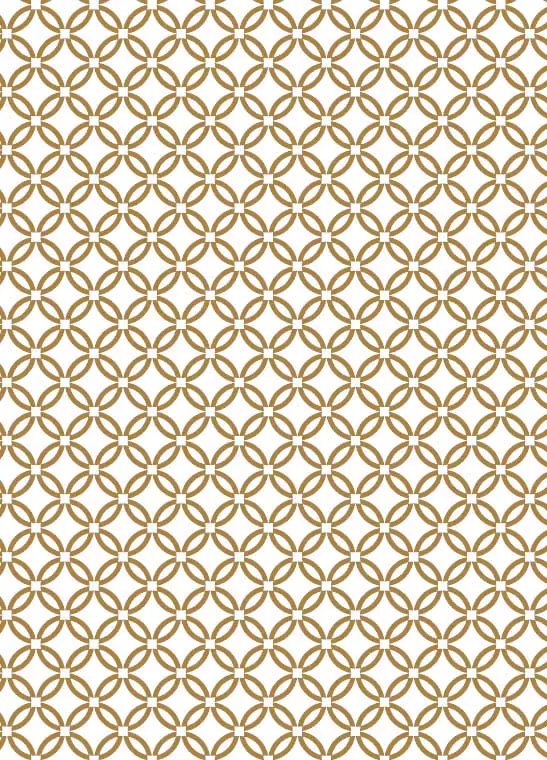
Etched stainless steel sheet Etching stainless steel is done for a variety of reasons including the creation of prints, decorations and personalization. The etching process is the result of a chemical reaction that removes a layer of steel in the exposed area of a chemically coated steel plate. works. It depends on personal preference and desired outcome. Etching steel takes longer than etching other kinds of metals. Acids diluted with water or vinegar typically perform better on stainless steel than concentrated acids. The chosen etching design or pattern is as important as the steel. The novice etcher should choose a high-contrast, black-and-white design that makes the transferring process as simple as possible. Once the etcher chooses the design, the etcher prepares the steel to get it ready to acceptthe design. into the steel. Take care to ensure the steel does not touch the bottom of the container. The chemical bath is more effective with regular water agitation, usually done every few minutes. The steel should remain in the solution until the carved lines are the desired depth. Remove the steel from the acid, and rinse it with water to remove any remaining acid. Remove the resist by using acetone, alcohol, turpentine, or steel wool. Size: Thickness: 0.5mm - 2.0mm Applications 1.Elevator cabins 2.Elevator doors 3.Windows and doors 4.Modular kitchens (Backsplash, countertops, shutters) 5.Wardrobes panels 6.Kitchen appliances 7.Interior and Exterior wall claddings�� 8. Pillar Claddings
Etchers commonly use one or more different types of acid when creating their
Completing the Process
Place the stainless steel facedown in the acid to permanently etch the design
Widths: 1000mm, 1220mm, 1250mm, 1500mm
Length: 2000mm, 2440mm, 2500mm, 3000mm
Metals:
Stainless steel: all grades including 304 / 1.4301 . 316 / 1.4401 . 430 / 1.4016
Our decorative stainless steel sheets are widely used in: